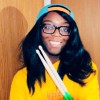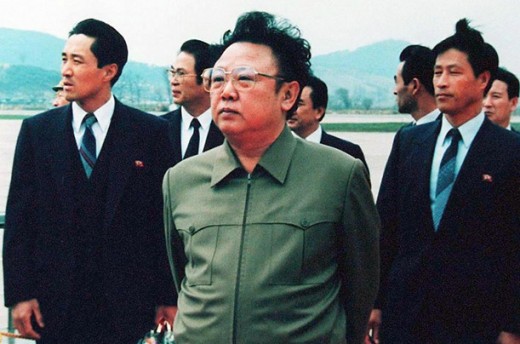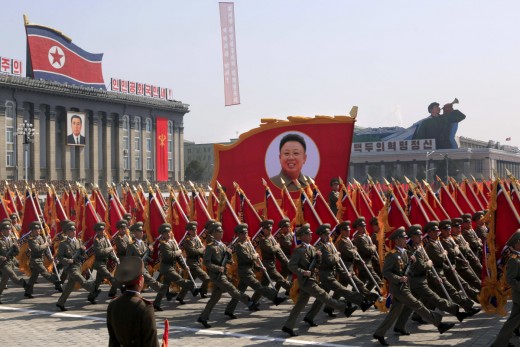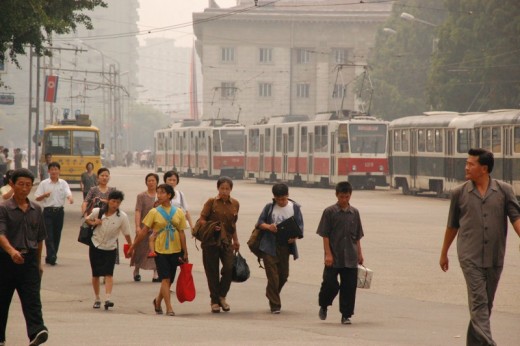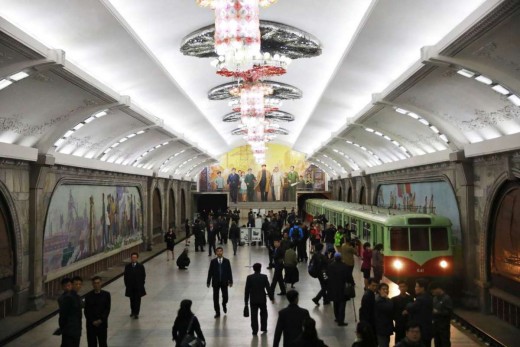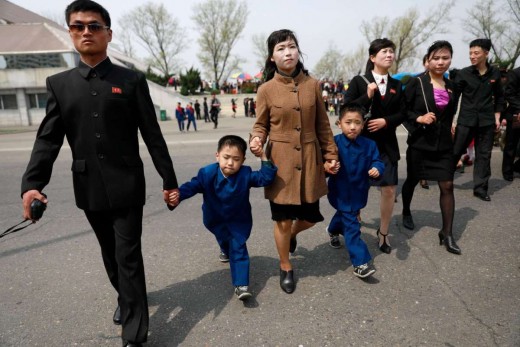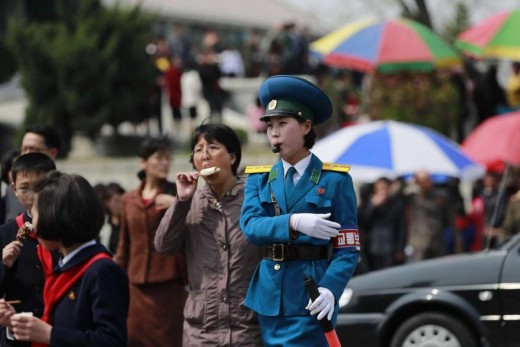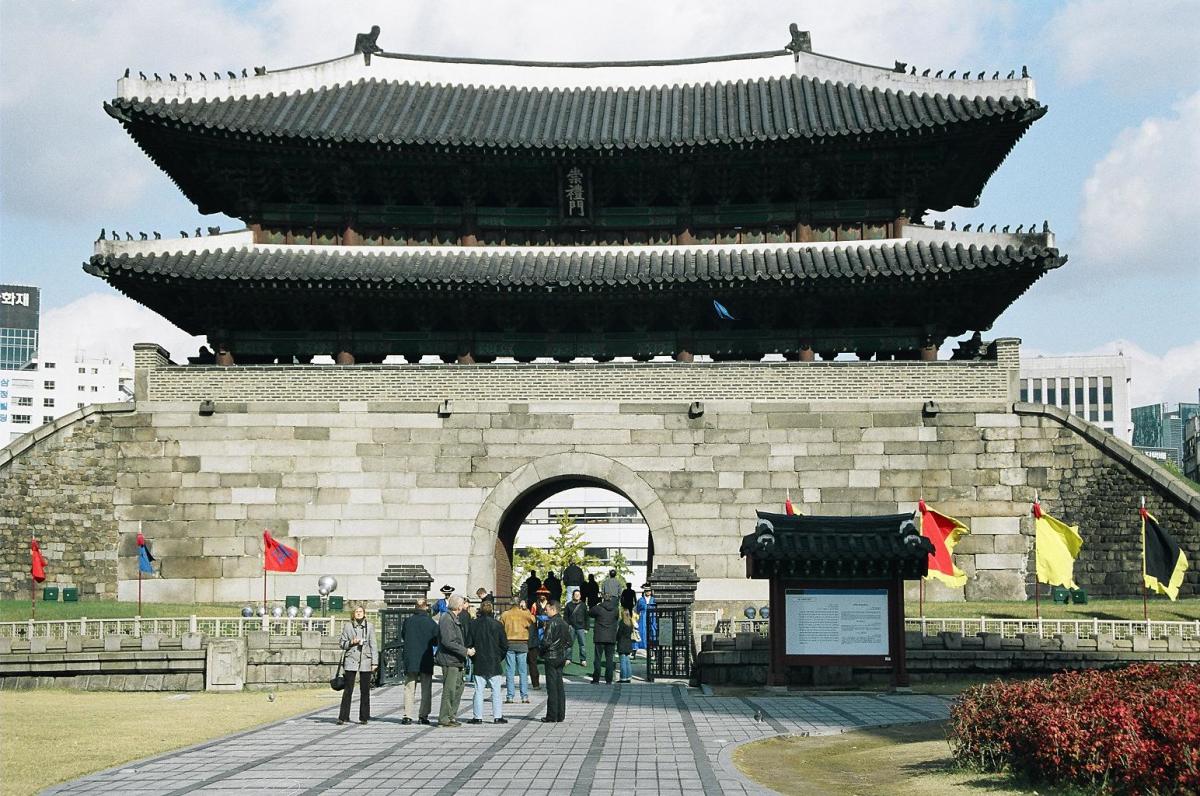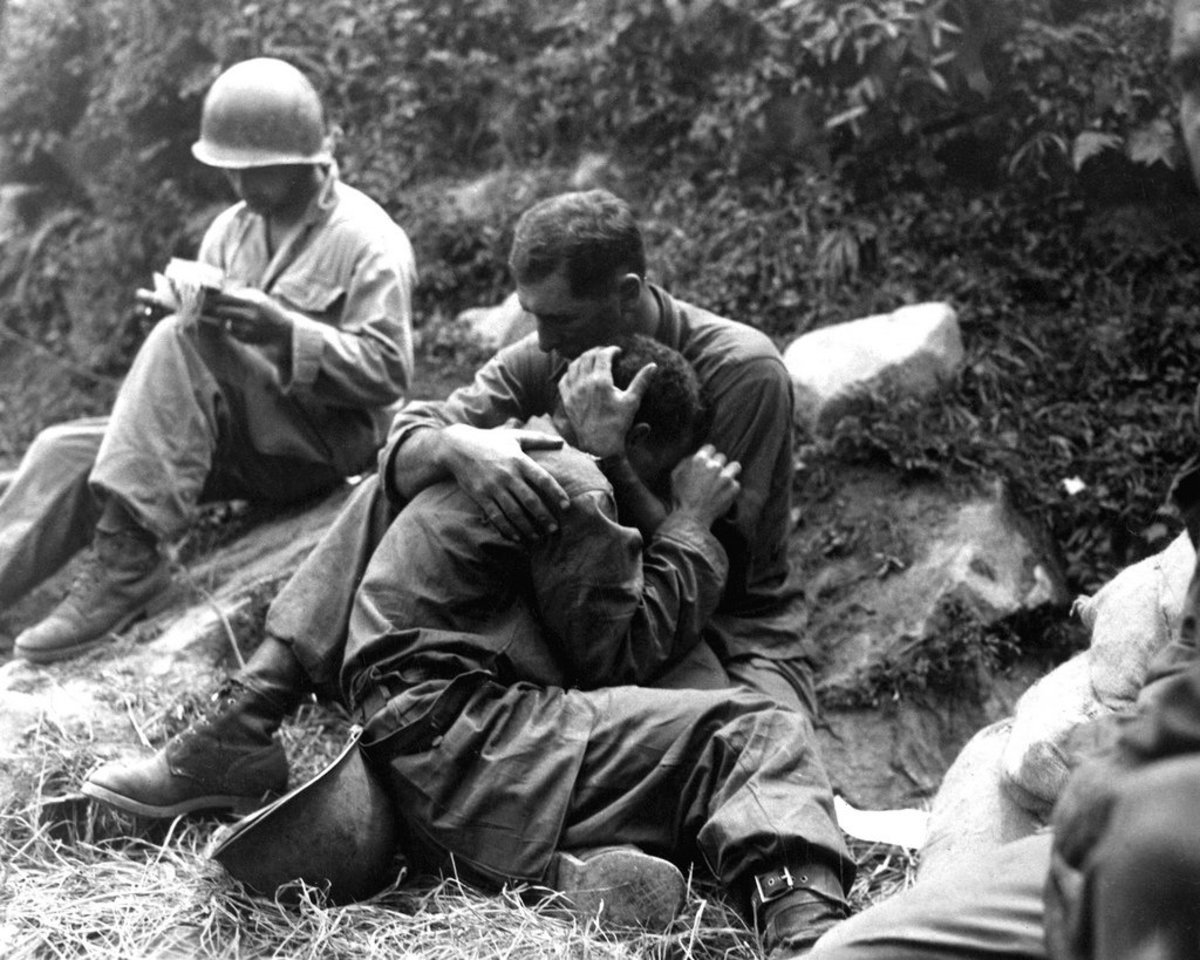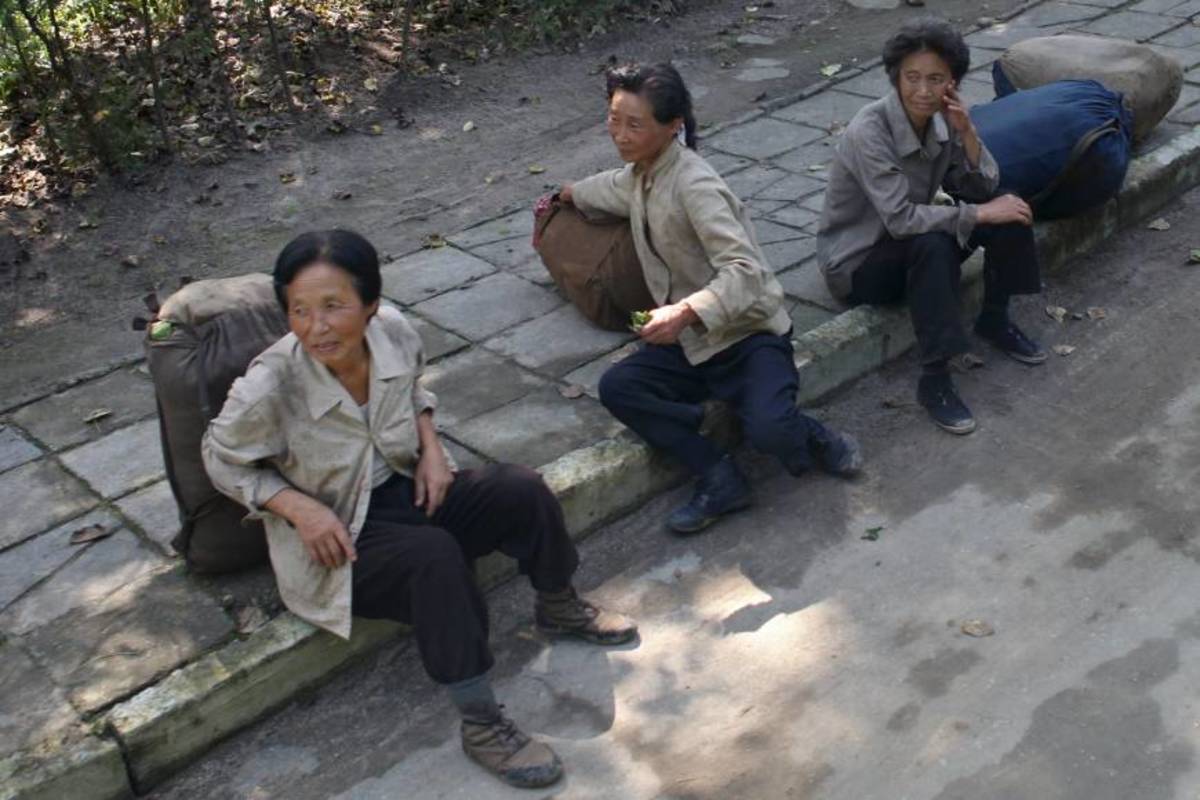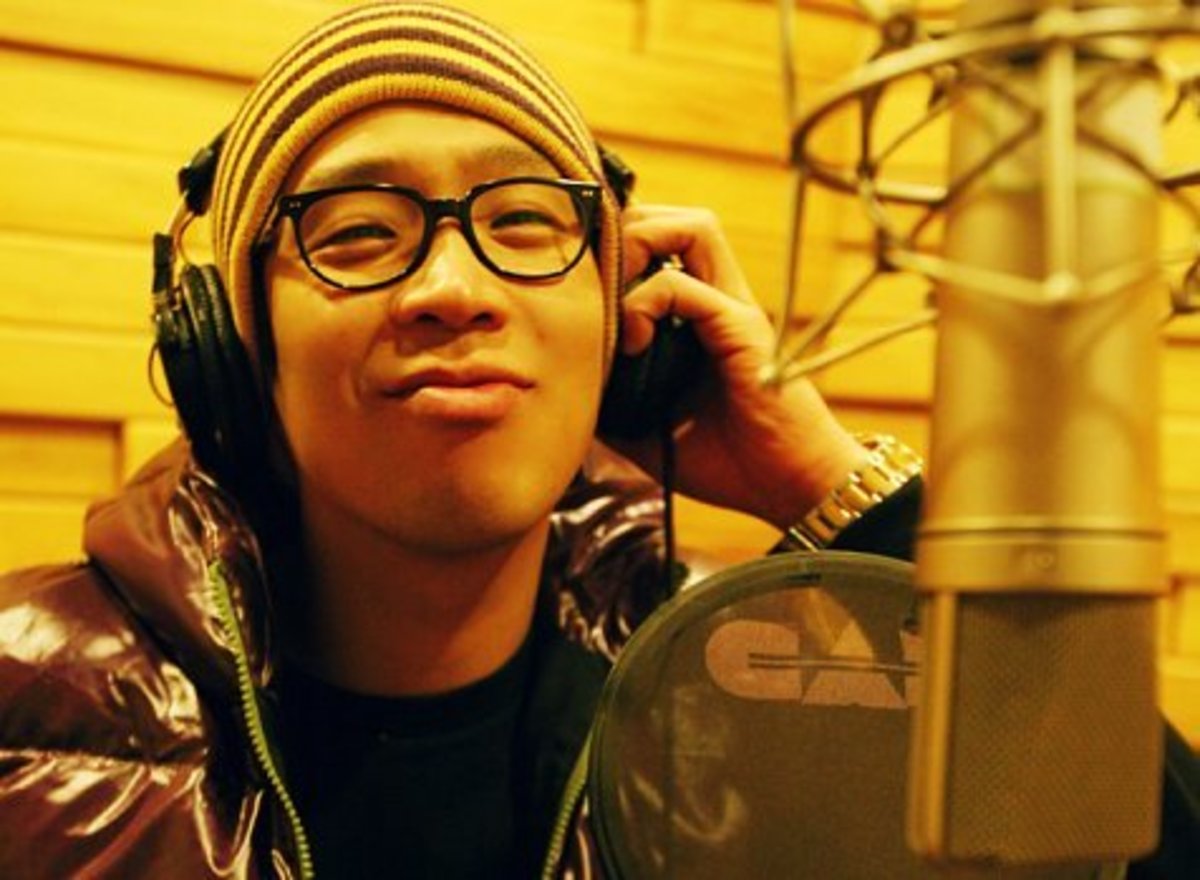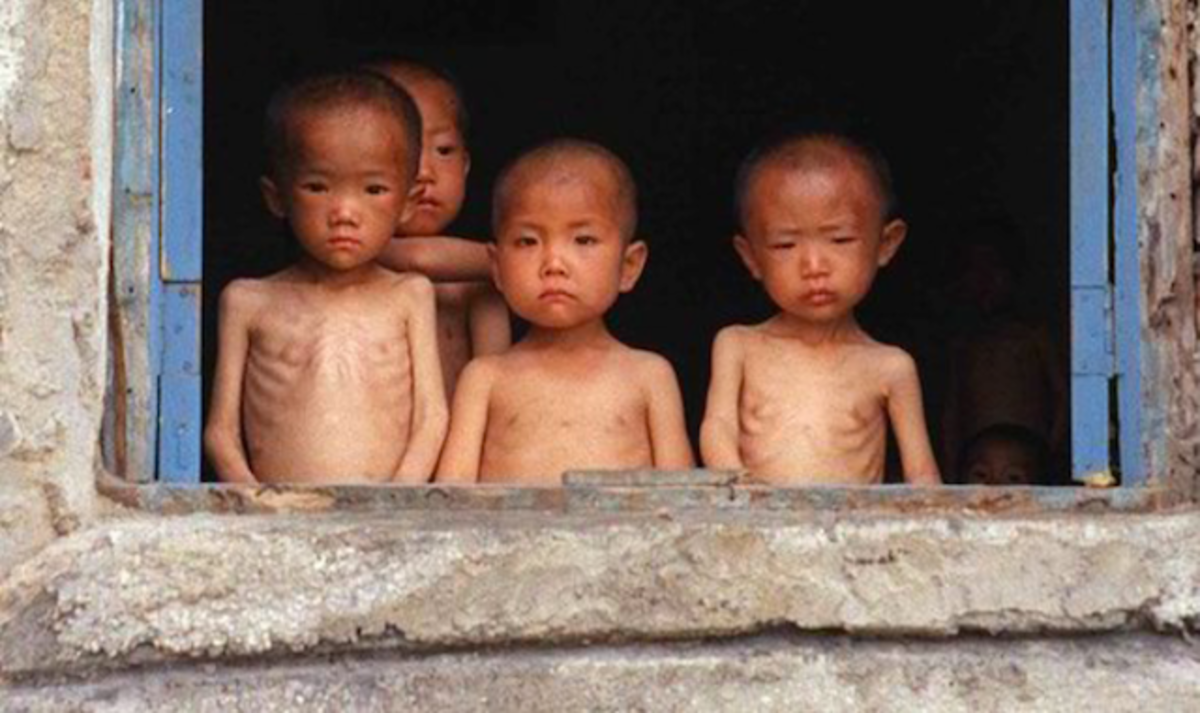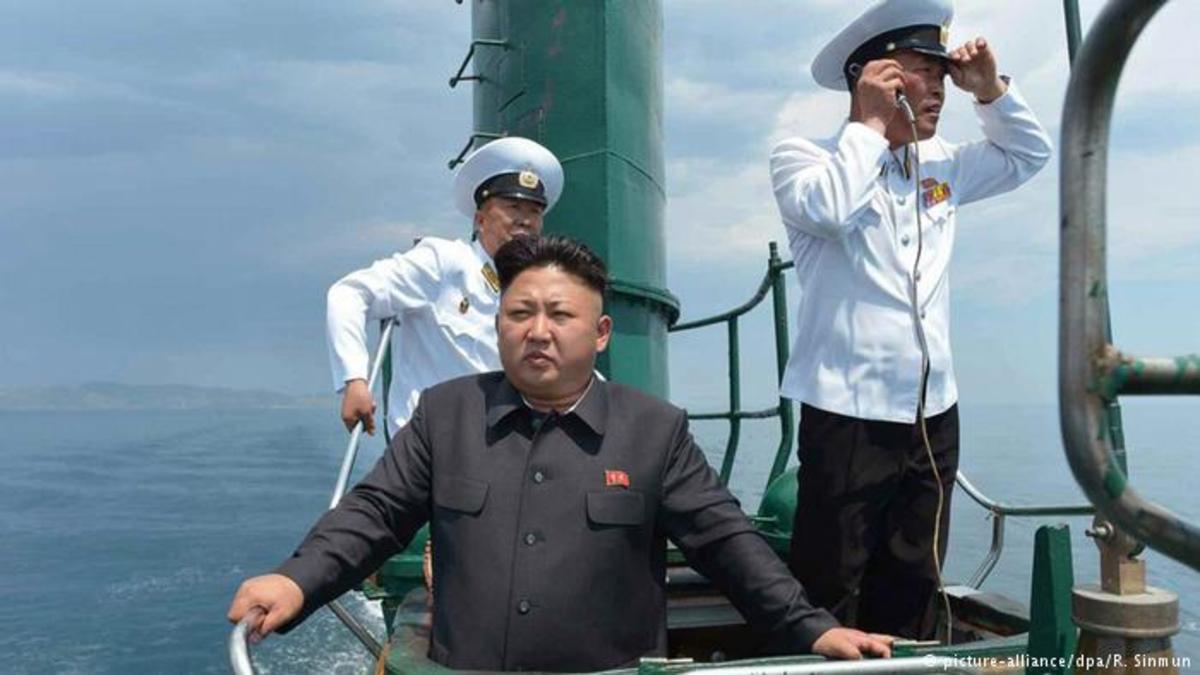North Korea : The World's Most Secretive Country
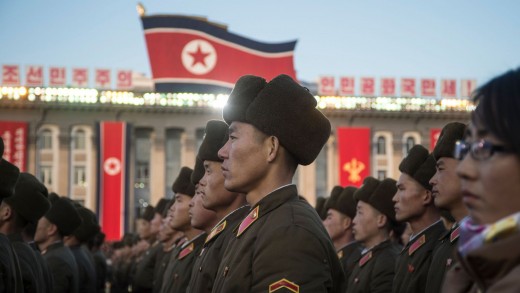
Before the Korea's Became Two
North Korea, officially known as the Democratic People’s Republic of Korea or in shorter terms DPRK, located in East Asia constituting the Korean Peninsula. It shares it’s north and northwest borders with China and Russia and the south of the country is bordered by South Korea. At one time there was no South Korea. During the Joseon Dynasty (1392 - 1910), the two places were unified sharing the same language and essential culture. The division between North and South Korea came at the end of World War II and has remained like this for the past six decades and more. The division is along the fortified DMZ, or Demilitarized Zone. The Empire of Japan annexed the Korean Peninsula in 1910. From 1910 to 1945, Korea was a Japanese colony. As World War II came to a close, it was clear to Allied Powers that they would have to take over the administrations of Japan’s occupied territories including Korea until local elections could take place.
In August 1945 the United States dropped a bomb on Hiroshima, Japan, and then a few days later the Soviet union declared a war on Japan. On August 15 after the atomic bombing of Nagasaki, the Emperor Hirohito announced Japan’s surrender, ending World War II. Just five days before Japan surrendered, the US officials were given the task of delineating the US occupation zone in East Asia. Without consulting any Koreans, the US undemocratically decided to cut Korea in half along the 38th parallel of latitude, making sure that the capital city Seoul would be in the American section. Japanese forces in northern Korea surrendered to the Soviets, while those in southern Korea surrendered to the Americans. The trust administrators from the US and the USSR were supposed to arrange for nation-wide elections to reunify Korea in 1948, but neither side trusted the other. The US wanted the entire Korean peninsula to be democratic and capitalist; the Soviets wanted it all to be communist. The US appointed an anti communist leader to rule South Korea, and they declared themselves as a nation in May of 1948. Around the same time, in North Korea the Soviets appointed Kim-Il Sung who had served time in the war as a major in the Soviet Red Army. He officially took office on September 9, 1948 and began to crush political opposition mostly from capitalists and construct his cult of a personality. Only a year later, in 1949 statues of Kim-Il sung were placed everywhere and he called himself the “Great Leader”.
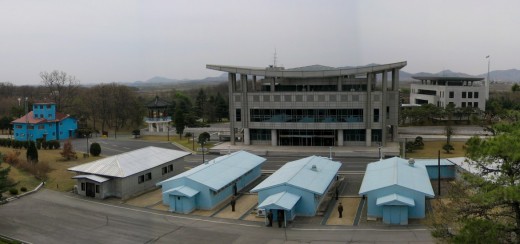
The Divide of the Two Korea's
In 1950, Kim-Il Sung attempted to rectify Korea under communist control. He launched an invasion into South Korea which ultimately turned into the three year long, Korean War, in the end the two countries ended up back where they started, divided along the 38th parallel. Kim-Il Sung preached the idea of self reliance. North Korea began producing its own food, technology and domestic needs, instead of importing them from abroad. In 1953, North Korea, China and the United Nations came to an agreement which created the DMZ. The is the official divide along the 38th parallel and the Korean peninsula. Along the DMZ is a meeting point between the two nations in a small joint security area, near the western end of the zone where negotiations take place. During the 1960’s, North Korea got caught in the middle of the Sino-Soviet split. Kim-Il Sung hoped to remain neutral, playing off both powers but at the end the Soviets decided that he favored the Chinese more and cut off help to North Korea. Kim-Il Sung passed away in 1994 and that is when his son, Kim Jong-Il took office.


The Dictatorship Begins
Under the ruling of Kim Jong-Il, this is when things began to take a turn and it really became a dictatorship. Under his leadership, the country faced many economic crises and the human rights watch began to take note and concern about some of the practices taking place in North Korea. Kim Jong-Il died on December 17, 2011 and his son, Kim Jong-Un took office after. Kim Jong-Un is the third person from the Kim family to rule North Korea. This country has become the center of media attention in the last few years mostly because they are known for having some unusual regulations for its citizens. Kim-Il Sung will always be the president. After his death he was labeled as the “Eternal President”, eternal because he had the position abolished for the future so no one can ever be president again. There are an estimated 34,000 statues of Il-sung in the country and everything possible is named after him, including schools, roads, parks and awards. Libraries are only stocked with books written by people within the Kim family.
Defectors and Western visitors refer to North Korea as having a cult of a personality. While other countries have had cults of personalities to various degrees, North Korea’s personality cult surpasses that of Stalin or Mao Zedong. The 1972 constitution of North Korea incorporates the ideas of Kim-Il Sung as the only guiding principle of the state and his activities as the only heritage and culture of the people.




Daily Life and Culture
Every adult is required to wear a pin on their shirt with Kim Il sung’s face on it everyday and students dedicate a large portion of their time to memorizing his speeches and learning about his achievements. The country does not follow the same year that other countries do. In North Korea it is currently year 106 because that marks how old Kim Il sung would be if he was still living. For every citizen, portraits of Kim-Il Sung and Kim Jong-Il are required to be hung on a wall in their house, the government checks on this frequently and if not followed, a punishment will follow. The capital, Pyongyang is reserved for only the most successful, importantly loyal people to live in. The government chooses who gets to live there. Pyongyang was completely destroyed after World War II but was completely rebuilt reflecting Kim-Il Sung’s dream. This city tries to portray an image of being a “booming” bustling place, when in actuality the most action in this place is when they have their military rallies or celebrations honoring the Kim family.
Technology is accessible in North Korea, but it is very limited as far as what can and cannot be accessed. They have a telephone system with 1.8 million fixed lines available, however most phones are only installed for senior government officials. If someone who is not a government official wants a phone installed into their home, they must fill out a form indicating their ranking, why they want the phone, and how they will pay for it. In 2002, mobile phones were introduced. About 20,000 people had obtained one but in 2004 they were banned. In 2008 the 3G service now available there is called, Koryolink launched. They have access to Apple, nokia and Samsung smartphones but no calls are bale to be made into the country or out of the country.
Television is available as well, but there are only three channels available in the capital and in other places, it is only one channel. Most television sets are nineteen inch black and white monitors. Imported Japanese made color televisions have a North Korean brand superimposed. Internet access is via a fiber optic cable connecting Pyongyang with Dandong, China. North Korea’s first internet cafe opened in 2002. In 2005 the connection coming from China was changed to a connection through a North Korean satellite link and content is mostly filtered by North Korean government agencies. As of 2012, despite extremely strict regulations , North Koreans, particularly elite elements have had an increasing access to news and other media outside the state controlled media. Radio and DVDs are common media accessed and in border areas, television.
North Korea has the largest multipurpose arena in the world. The total capacity of the arena is 114,000, it is used for Arirang Festival performances and athletic events. Football (soccer), running, basketball, golf and ice hockey just to name a few, are some of the most played sports in the country. Despite being so secretive and closed off from the rest of the world, North Koreans are allowed to participate in the Olympics. North Korea’s first appearance in the Olympics was at the 1972 summer Olympics in Munich.
Throughout most of the 20th century, the government emphasized optimistic folk-based and revolutionary tunes. Pop music appeared there in the 1980’s , improved relations with South Korea following the Inter-Korean Summit caused a decline in direct ideological messages in pop songs, but themes like comradeship, nostalgia and the construction of a powerful country remained. North Koreans have been exposed to K-Pop through illegal measures.
Inside North Korea (Documentary)
No Freedom
Within the country freedom of movement is not completely allowed. If you wish to travel to another part of the country you must have a specific purpose and obtain permission from your work unit. If you do not live in the showcase capital of Pyongyang where most resources are located, you will likely be denied access. Most North Koreans do not own motor vehicles simply because they are not allowed to unless they are some form of diplomat, government worker or anyone of high power. In the last few years North Koreans have been purchasing cars through illegal ways along the Chinese border through Chinese dealers in order to own them privately. Most people tend to get around by foot or bicycles.
There are a few brave people who have chosen to defect or leave the country in favor of an opposing one. The number of defectors reached its peak in 1998 and 1999, the estimated population is believed to have declined since then. During the mourning period of Kim Jong-Il and the start of the ruling under Kim Jong-Un, the movements of people were tightened and strictly controlled. This action required families living near the border to take turns standing guard and having strong official warnings that three generations of a family would be destroyed if caught defecting, as well as having the defector be executed on site. In recent years the number of defectors has decreased for that reason.
As of 2018, there have been some signs that North Korea may be caving in a little to someday reuniting fully with South Korea. In 2018 North Korea allowed some of their top athletes to participate in the 2018 Peyoncheng Olympics in South Korea as a unified country. As well as inviting some South Korea K-Pop performers to perform in the country at a unification concert. Along the DMZ weapons have been given up, but the guards still remain.
More than sixty years and millions of lives later, the accidental division of North and South Korea continues to haunt the world, and the 38th parallel remains arguably the tensest border on Earth.
© 2018 Chermel Porter
